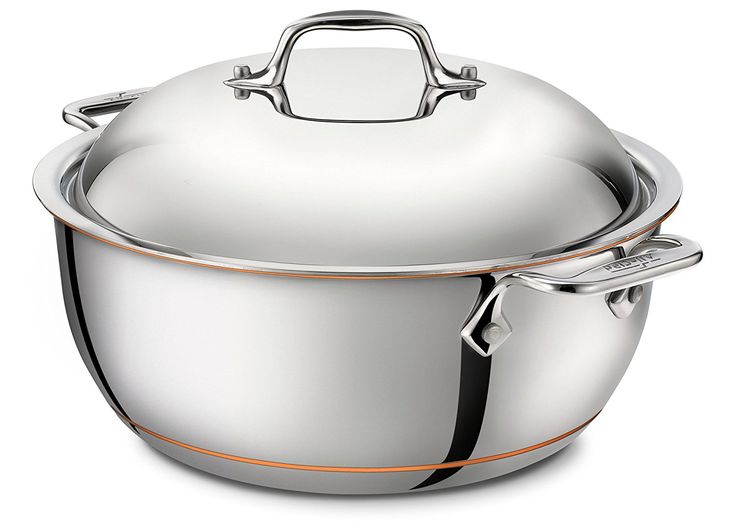Introduction: In the world of cooking, there’s a vessel that stands out as a versatile workhorse, capable of turning ordinary meals into extraordinary feasts – the Dutch oven. Join us on a culinary journey as we explore the wonders of Dutch ovens, uncovering their history, features, and the myriad ways they can revolutionize your kitchen.
1. A Brief History of Dutch Ovens: The Dutch oven’s roots can be traced back to 17th-century Holland, where an innovative casting technique revolutionized cookware. Dutch traders introduced these sturdy, cast-iron pots to the American colonies, and over the centuries, they’ve become a symbol of durable and reliable kitchenware.
2. Features that Set Dutch Ovens Apart: Dutch ovens are more than just pots; they’re culinary companions with unique features that make them indispensable:
- Material: Most Dutch ovens are made of cast iron, known for its excellent heat retention and even distribution. Some modern versions also come in enameled cast iron, combining the benefits of cast iron with easy maintenance.
- Versatility: Dutch ovens are true all-in-one cookware. They can seamlessly transition from stovetop to oven, making them ideal for braising, stewing, roasting, frying, and even baking bread.
- Lid Design: The heavy lid of a Dutch oven is designed for a snug fit, ensuring a continuous cycle of moisture inside. This feature is perfect for slow-cooking and creating succulent, tender dishes.
3. Culinary Marvels with Dutch Ovens: Dutch ovens are culinary chameleons, adapting to various cooking techniques and recipes. Here are some ways you can harness their magic:
- Stews and Braises: From hearty beef stews to coq au vin, Dutch ovens excel at slow-cooking, allowing flavors to meld and intensify.
- One-Pot Wonders: Throw in your ingredients, cover with the lid, and let the Dutch oven work its magic. From soups to casseroles, the possibilities are endless.
- Baking Bread: The Dutch oven’s ability to retain and radiate heat makes it the perfect vessel for achieving a crispy, artisanal crust when baking bread.
4. Choosing Your Dutch Oven: Selecting the right Dutch oven is a delightful task. Consider the following factors:
- Size: Dutch ovens come in various sizes. Choose one that suits your typical meal quantities but allows room for versatility.
- Material: Traditional cast iron provides excellent heat retention, while enameled cast iron is easier to clean and doesn’t require seasoning.
- Brand and Quality: Invest in a reputable brand known for quality craftsmanship. A well-made Dutch oven can last a lifetime.
5. Caring for Your Dutch Oven: Proper care ensures your Dutch oven will be a faithful kitchen companion for years to come:
- Seasoning (for cast iron): If your Dutch oven is made of cast iron, maintain its non-stick surface by seasoning it regularly.
- Hand Wash: Most Dutch ovens should be hand washed with mild soap and warm water. Avoid using harsh detergents.

